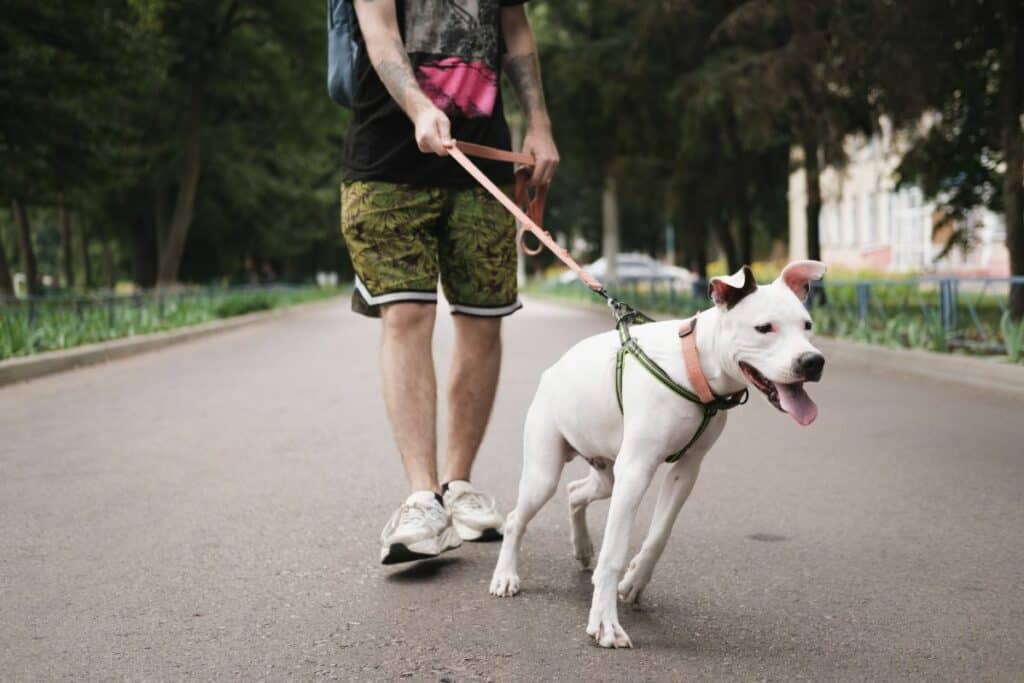Have you ever wondered, do dog harnesses encourage pulling? The simple answer is a no, but it's important to understand why so many professional trainers differ in opinion. This article dives into the mechanics of dog harnesses and why there are mixed reviews amongst training communities.
By the end of this article, hopefully you will have a better understanding of how and why harnesses work, which ones to avoid, and how they can be used to supplement your leash training. Let’s get into it…
Understanding Dog Harnesses
When we think of dog harnesses, images of leisurely walks and control come to mind. But what exactly are these contraptions? In essence, harnesses are a set of straps that wrap around a dog's body, designed to distribute leash pressure more evenly than traditional collars. They come in various styles - back-clip, front-clip, and even multi-clip designs for different levels of control and training needs.
Harnesses have become popular for a few reasons:
- They offer better restraint compared to the average collar that can be escaped easily.
- They are more comfortable and protect the dog from damage to their neck by moving the leash pressure to the chest and shoulder blades.
- There are a variety of designs that serve different purposes, despite not all being equal.
Because of these values, many professional dog trainers have moved away from the use of flat collars all together.
What Harnesses Are Not
To understand how harnesses contribute to a dog pulling, it’s first important to address one key point: Harnesses are NOT training tools, they are safety aids.
As a firm believer in force-free training, we must differentiate between tools that are used to modify behavior, and those which simply aid in safety. Using positive reinforcement (R+) as a training method, the “tool” that is reinforcing the behavior are the things your dog desires (primarily treats or toys), not the equipment on the dog. R+ trainers won’t use leash pressure or engage in a game of tug-o-war with a pulling dog to get them to stop. They focus on setting the dog up for success and teaching them the correct behavior instead of correcting the wrong behavior.
Most of the arguments you will hear for why harnesses promote pulling come from trainers primarily focused on force or coercion as their training method. We call these balanced or aversive trainers. These trainers rely on corrections from the collar or harness to stop unwanted behaviors. If you fall into this category and need to rely on your equipment to stop pulling, they are right, and most harnesses are not going to do you any favors.
If you are interested in reward-based training, I highly advocate for the use of harnesses as your safety aid, in combination with a strong training plan and use of appropriate reinforcers to get the behavior you desire on your walks.
The Psychology of Pulling
Dogs pull for many reasons - excitement, a strong prey drive, or simply an eagerness to explore. If you are reading this article, then you probably know how frustrating a pulling dog can be. I’m guessing you’ve also noticed that the harder you resist pulling, the worse it gets. This is called an opposition-reflex and is a completely natural response. It doesn’t mean your dog is being difficult or stubborn. It is a natural reaction to pressure and is believed to tie back to a dog’s instinct for survival.
My 20+ years of experience has shown me that a motivated dog will pull, no matter the equipment you are using. I’ve seen just as many dogs on choke chains and prong collars pulling their handler through the park as I’ve seen on harnesses and flat collars. This is simply a question of motivation. If a dog is more engaged in the environment than their handler, and the pain is bearable, they will more often than not pull through the discomfort. This is why handler engagement should be the primary focus for pet parents trying to curb their dogs pulling.
Types of Harnesses
There are many types of harnesses, and they are not all made equally. If considering comfort as your primary goal, you want to pick a harness that uses soft materials and doesn’t rub the dog in sensitive areas such as their underarms. If your goal is a training aid, there are harnesses with different clip placement to help support loose leash walking. For this purpose, we always recommend a harness with both a front and back clip.
A popular type of harness is those designed specifically to prevent pulling. These are generally classified as “no-pull harnesses”. They come in many designs from body harnesses to face harnesses. Some of these harnesses, if used properly, can aid in the training, but most of them are sold as tools that stop pulling and they typically do not work. To understand why, let’s dive into how they work.
How Do No-Pull Harnesses Work?
For a harness to prevent pulling there is one thing it needs to do, create discomfort. Applying pain or discomfort to prevent a behavior from occurring is called “Positive Punishment”. This is the same concept in effect when using a shock or prong collar. The only difference is the magnitude of the discomfort.
There is a spectrum of no-pull harnesses that offer varying degrees of discomfort. On the high end are harnesses that tighten when pulled to squeeze dogs in sensitive areas such as their armpits, belly, or groin. These are essentially no different than using a choke chain or prong collar, just applied to a different body part. One example of this are the Sporn No Pull Harnesses or Halti No Pull Harnesses as seen below
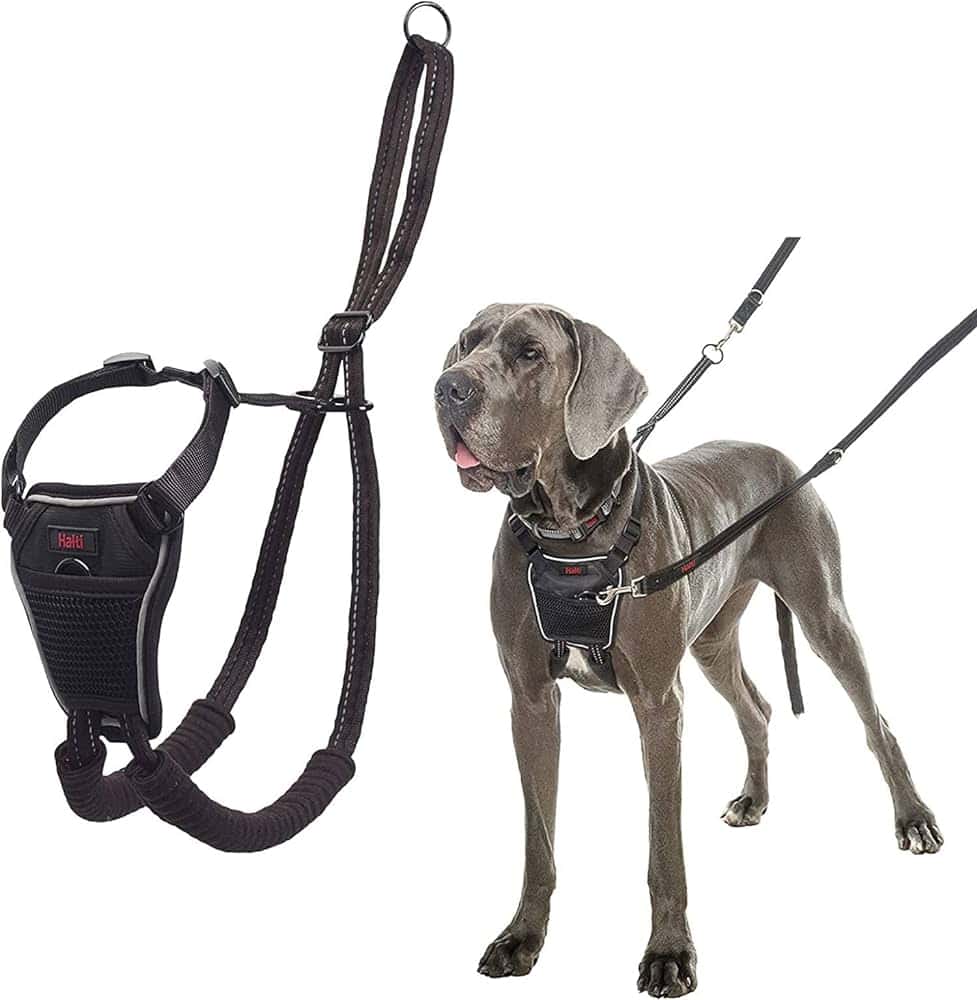

On the low end of the discomfort spectrum are harnesses that offer front clip attachments. When using a front clip harness, as a dog pulls, the resistance of the leash steers them to the side slightly. This is less of a discomfort and more of a gentle nudge to remind the dog where they should be. These are the harnesses we recommend to our students at The Academy of Pet Careers because they offer a little bit of utility but don’t rely on discomfort to change the behavior. Remember, our focus is on the training methods more than the tools. Our harness of choice is the Ruffwear Front Range Dog Harness as pictured below. For more details, check out our expert Ruffwear harness review.
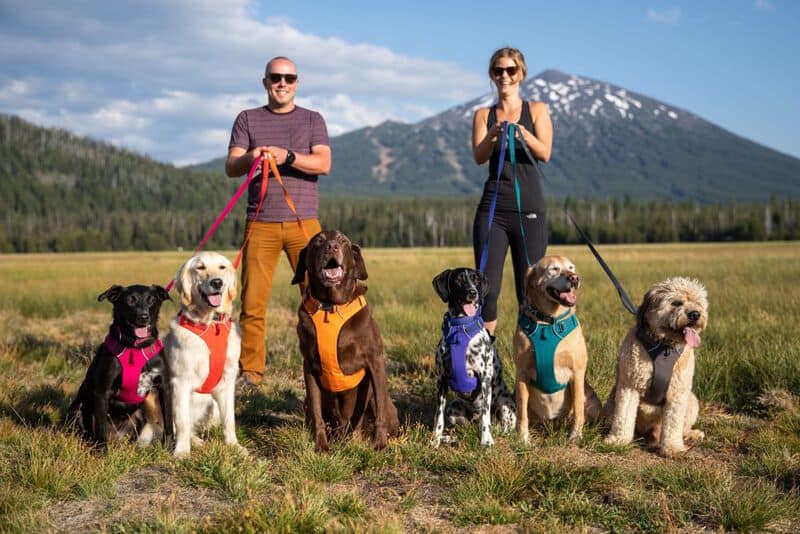
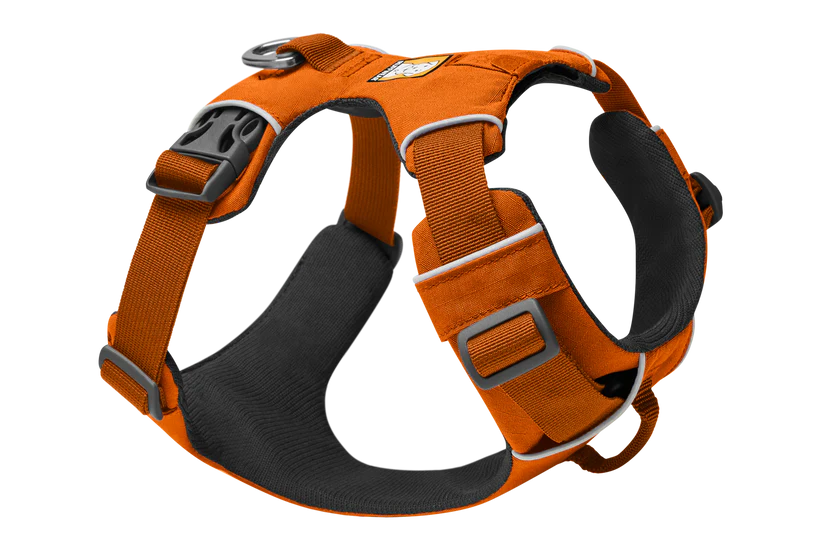
Key Takeaways
Dog pulling is one of the most frustrating behaviors to deal with and the most common. Navigating the different tools and training methodologies can be overwhelming. If there is one thing you can take from this article it is to stop considering harnesses as training tools and avoid the use of “no-pull harnesses”. Your focus should be on a proper training plan that makes use of positive reinforcement to teach the dog a more appropriate behavior instead of punishing unwanted ones. This will create higher retention and strengthen the human-pet bond instead of destroy it.
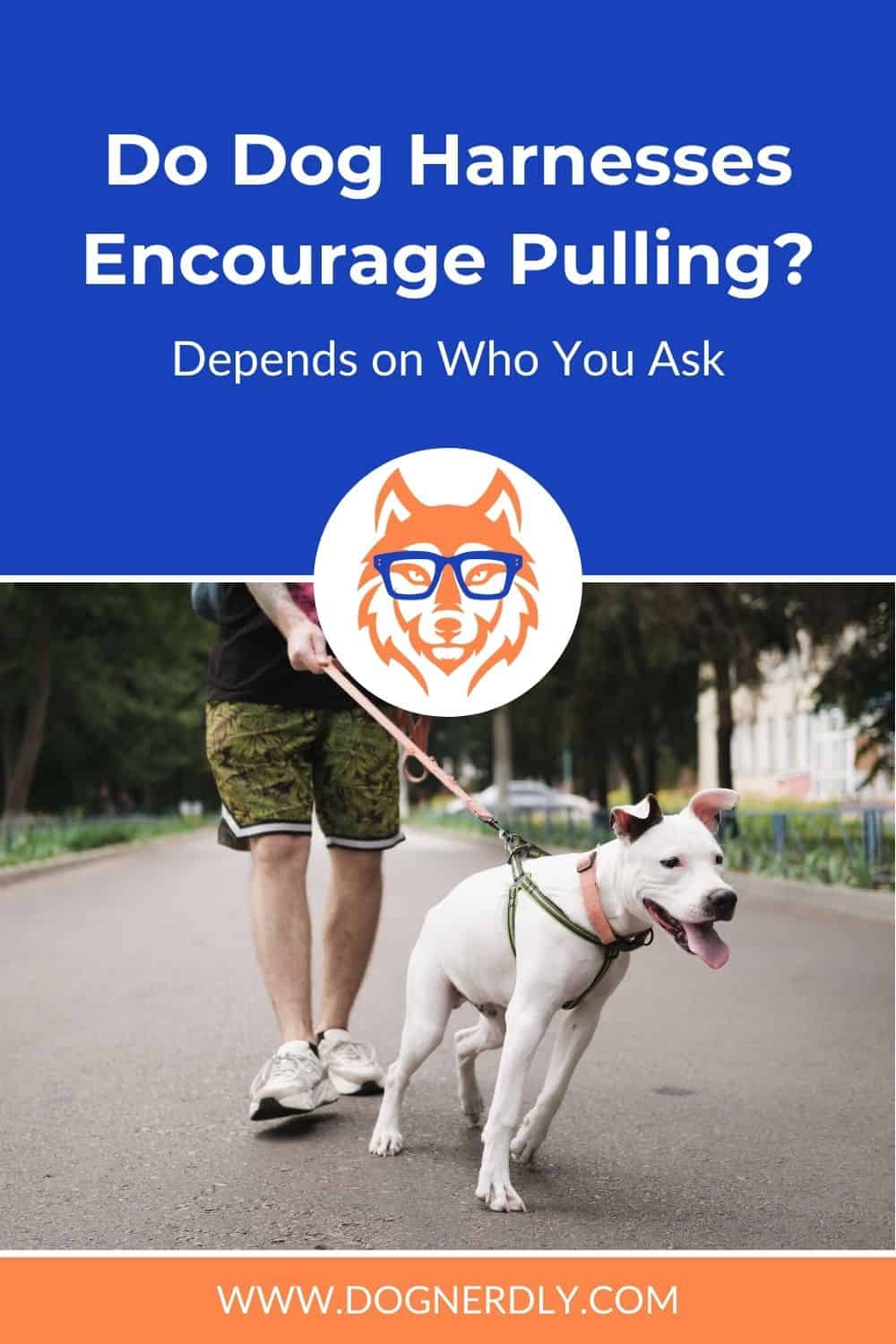
Joseph Schifano is the President of The Academy of Pet Careers and Founder of DogNerdly.
With over 20 years of professional pet experience, Joseph got his start as an owner/operator of a 7-figure, all-inclusive pet care business. From there, he purchased The Academy of Pet Careers with a hopes of improving the quality of care provided by industry professionals. This role allowed Joseph to rub shoulders with some of the biggest names in the industry, and gain knowledge in every aspect of pet care.
After witnessing the popularity of social media influencers and the amount of misinformation being taught to pet parents, Joseph decided to create DogNerdly. The goal was to provide science-backed education for the average dog nerd in order to create a world where dogs and humans can live a more harmonious and empowered lifestyle.
